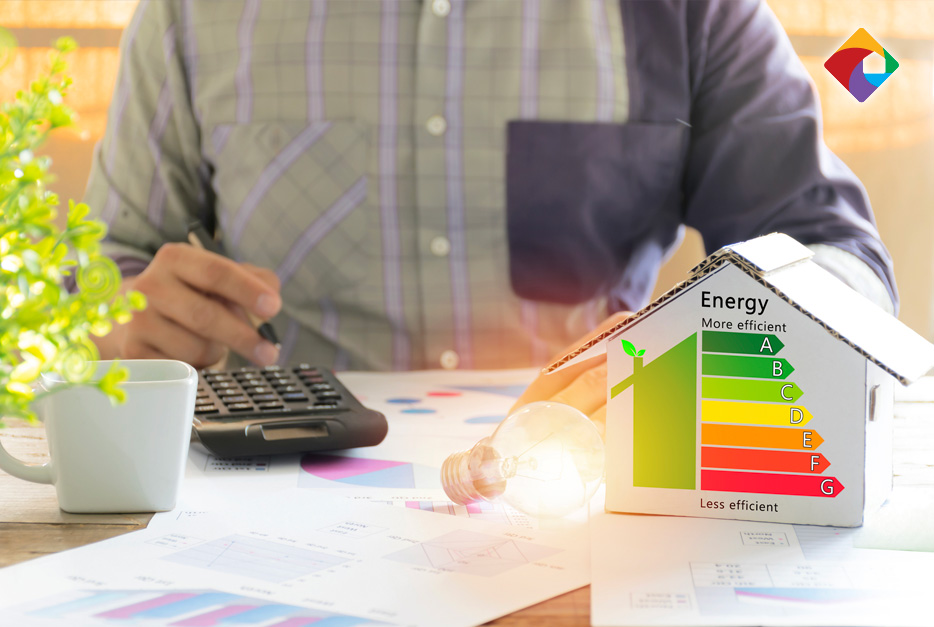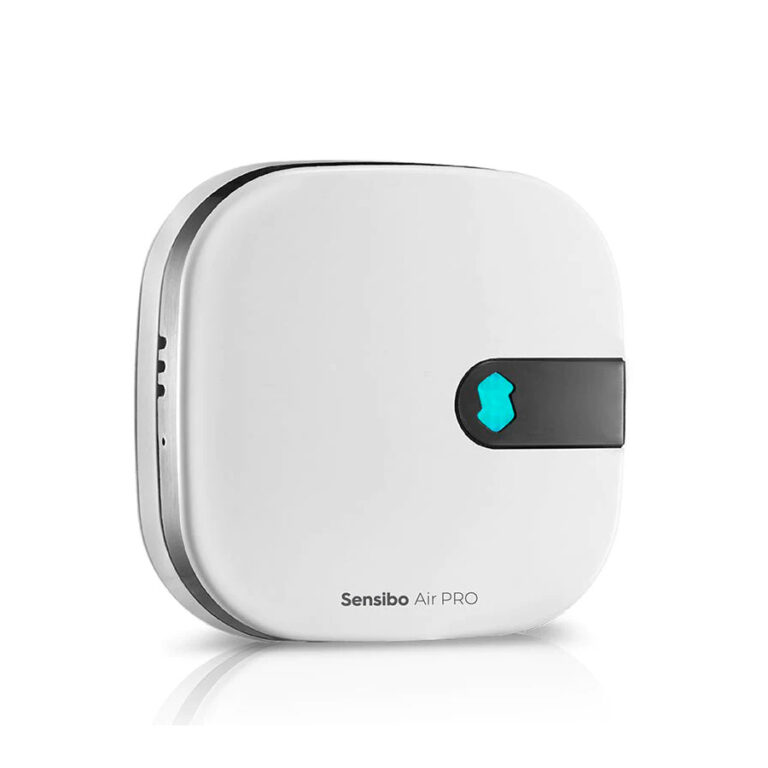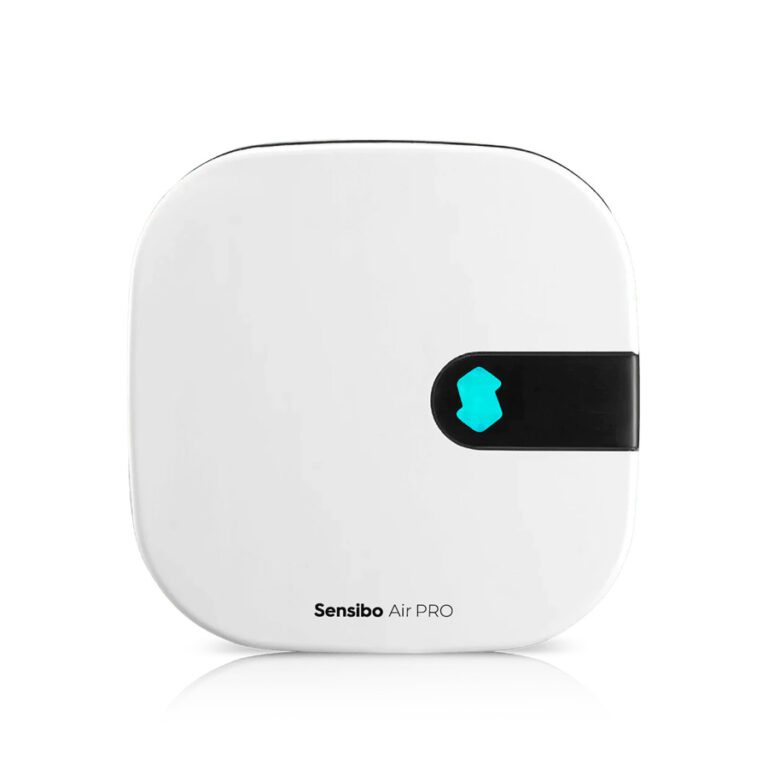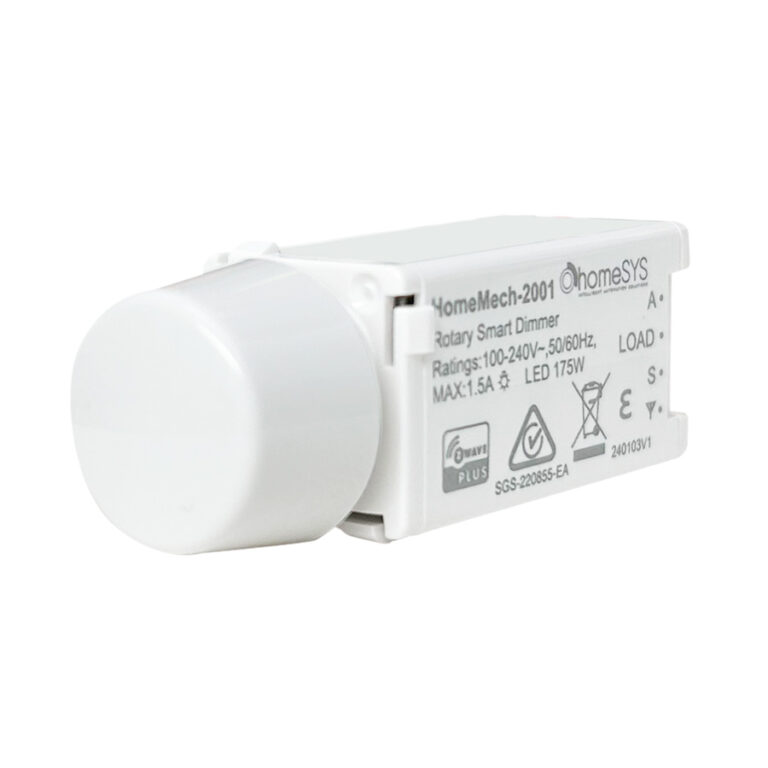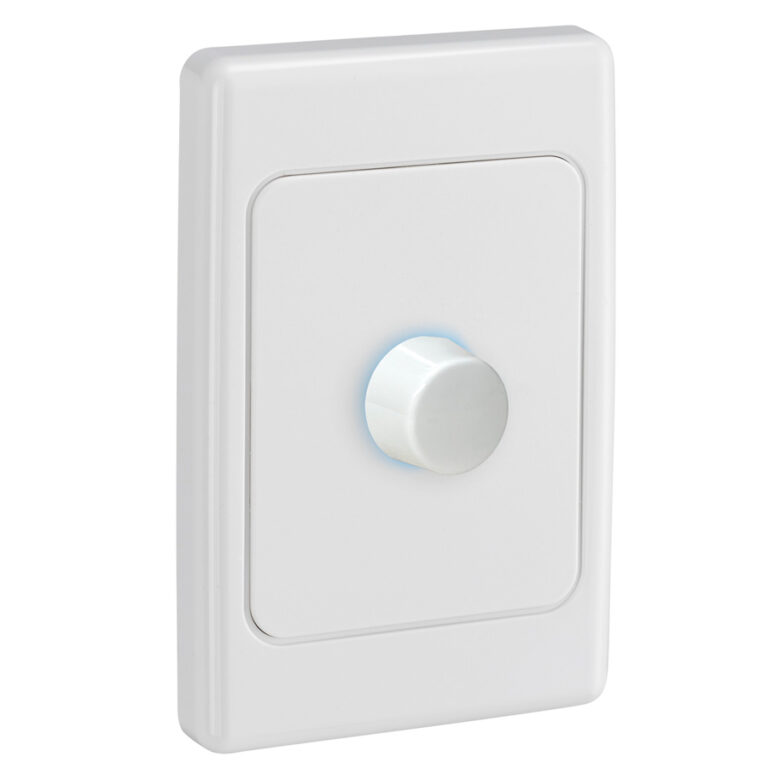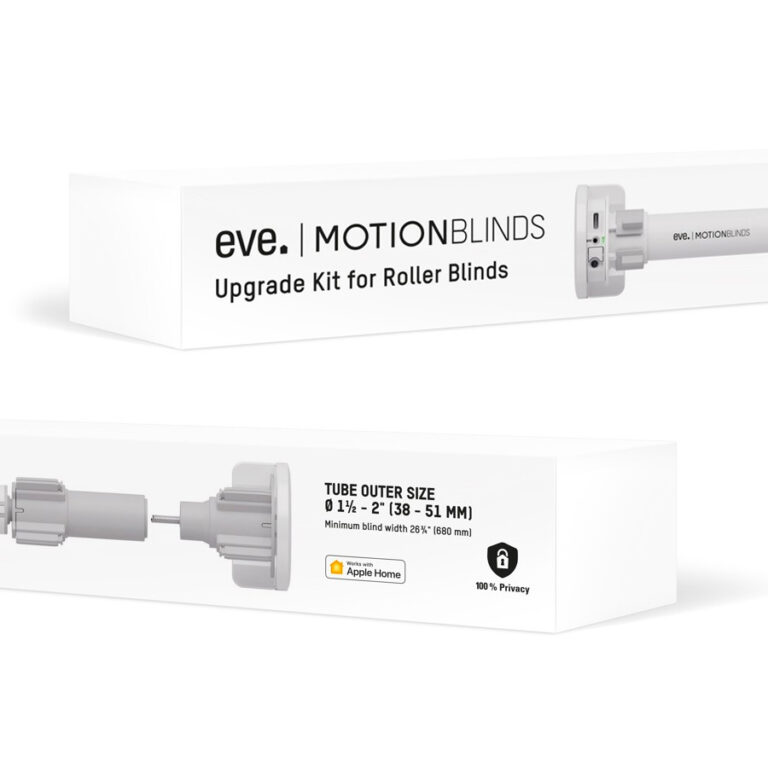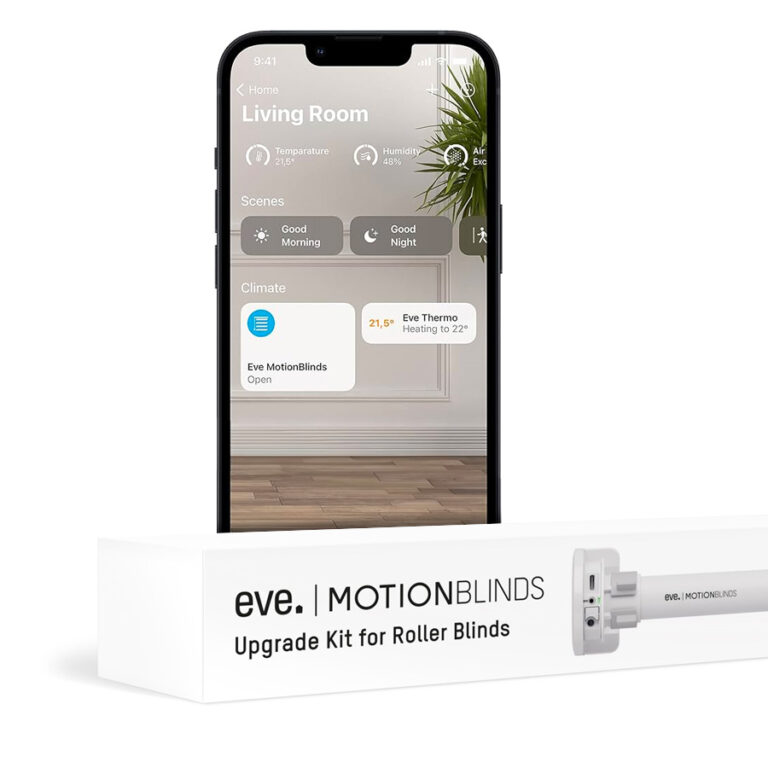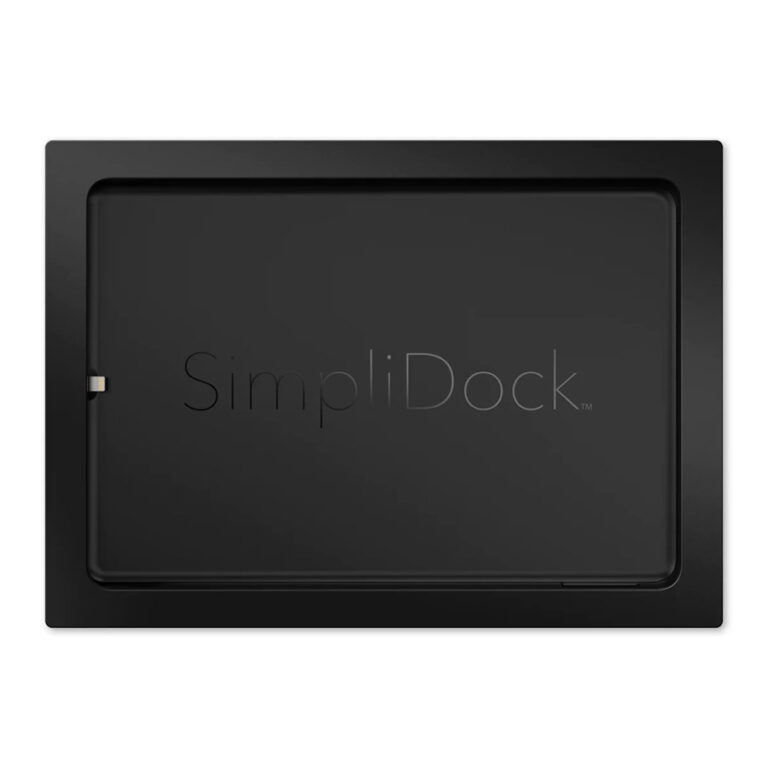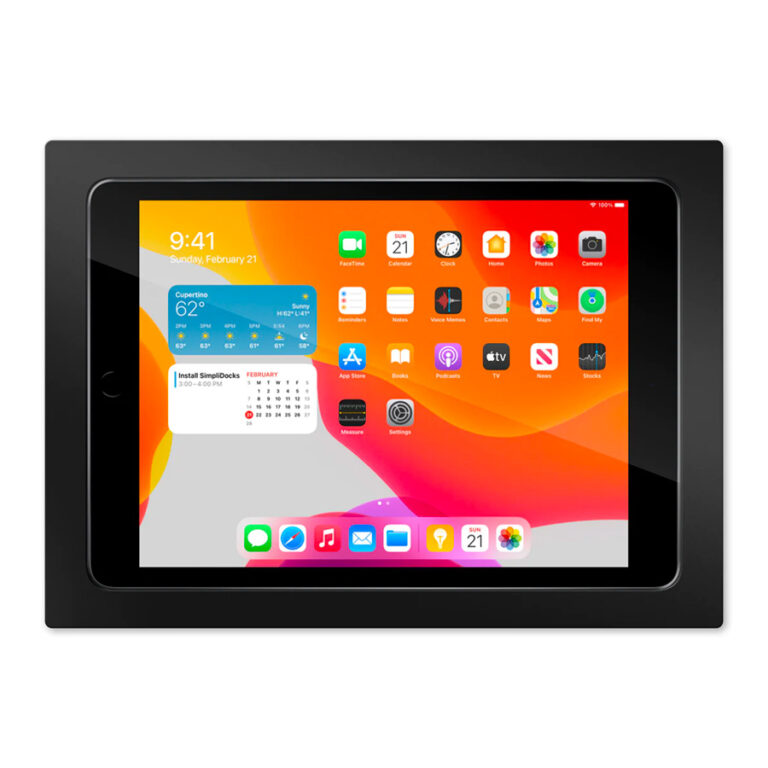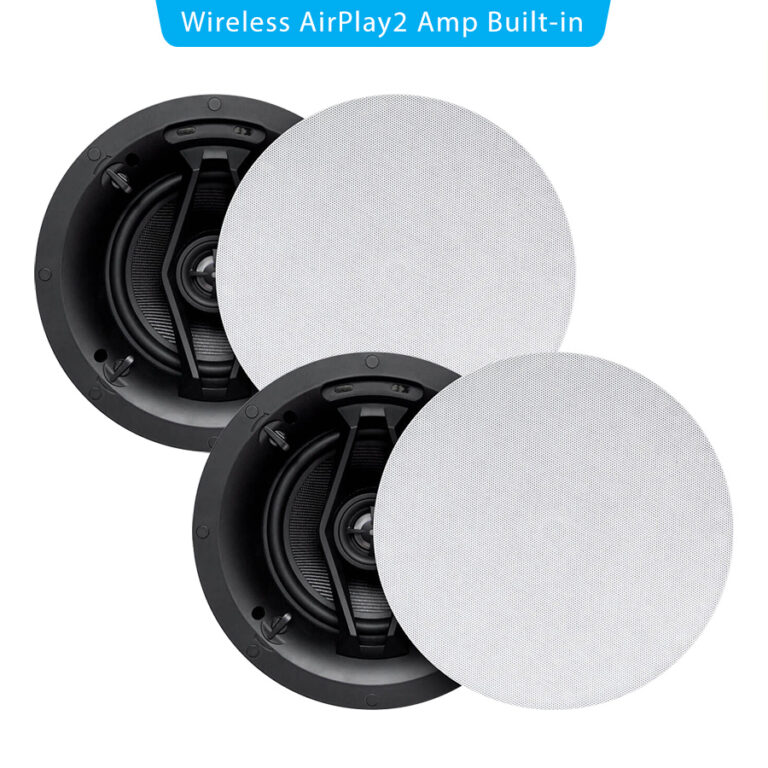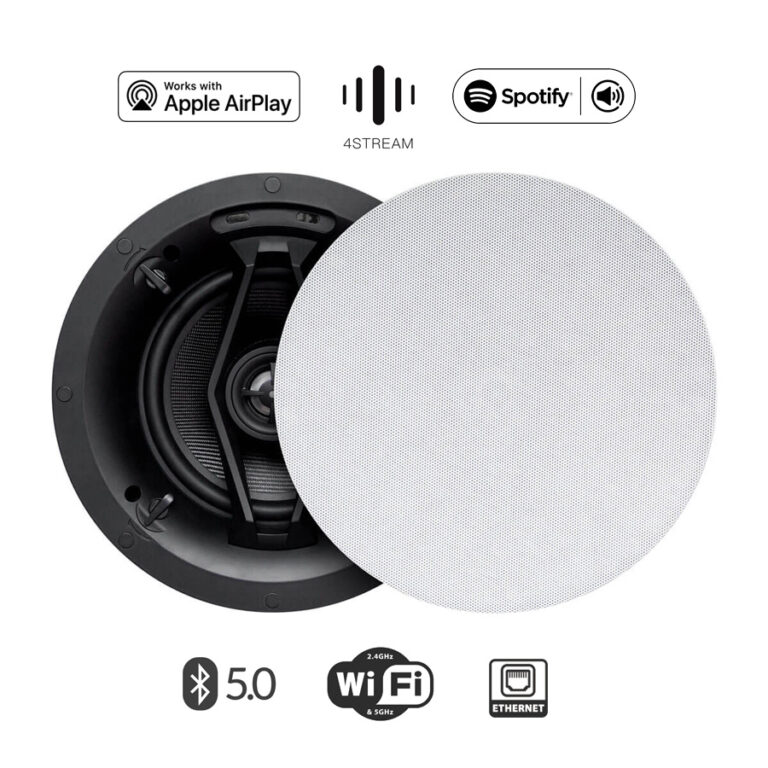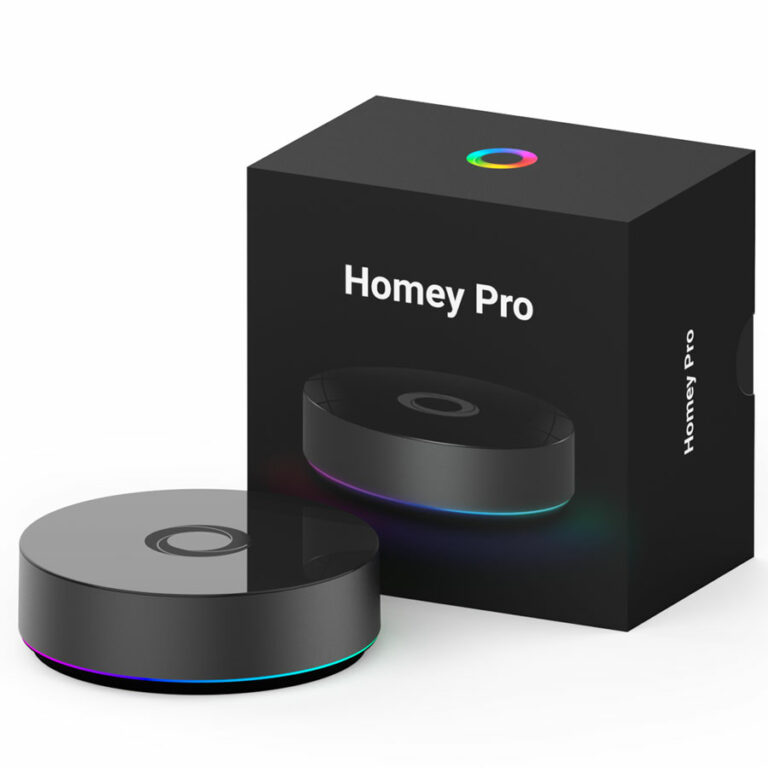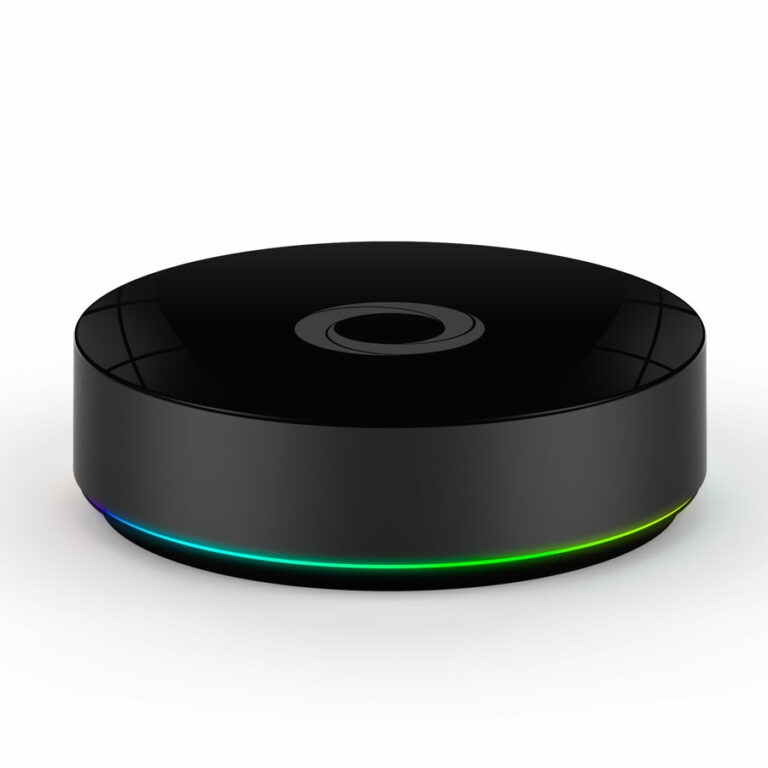Three simple things...
A smart home is more than just a house decked out with cool technology. It’s a home that improves the quality of the lives of the people who live in it, whilst also improving the efficiency of the home’s use of resources.
And with the climate emergency hitting close to home, we can choose to take action and make a lasting difference by helping make our home a little more energy smart and reducing our energy footprint.
With a few key insights and some creative thinking, you can take action right now to easily save up to $1000 (or more) on your energy bill over the next 12 months – and more in the following years as energy prices continue climbing.
In this guide, you’ll find 3 simple strategies you can implement for free, as well as strategies that leverage smart energy technologies to automatically and radically improve your home’s energy efficiency and liveability.
Thankfully, many of our homes face the same challenges when it comes to saving energy, meaning we can all benefit from a simple process to bring our home up to standard. Here are the energy smart strategies we’re going to use:
- Find a great energy plan (save up to $600 per year).
- Tweak your thermostats (save up to $400).
- Adopt some small changes in habits (save up to $250).
Following these steps should take you less than an hour – not a bad trade-off to improve your home’s energy use and keep a decent sum of money in your pocket.
But before diving in, take a moment get yourself in the zone and get ready to make some changes.
Ready? Awesome. Let’s get to it…

Step 1: Find a better energy plan
Your energy plan (or tariff) is likely the largest contributing factor to your total energy bill, and the ‘cleanliness’ of your energy provider’s energy directly impacts your home’s environmental impact.
And with the cost of energy having skyrocketed over 65% this past decade, you may be in for savings of up to $600 a year simply by completing this step – either through renegotiation or switching providers.
Important: This is not one of those "paid advertorial" blog posts. SmartHome is not receiving any "kick-backs" or commissions of any kind. We are genuinely just trying to offer good advice to help save you money... and the planet.
The longer you’ve been with your provider, the more you stand to gain from this step, as some providers pass on the rising costs to their loyal customers (although the government has taken steps to prevent them from doing this).
So should you immediately jump ship to a more attractive option? Maybe. But let’s explore another option first…
- Get a copy of your last energy bill and if possible, the Product Disclosure Statement (PDS).
- Use WATTever to compare every publicly listed retailer (do not use other comparison sites as they compare a select few providers and receive commissions).
- Approach your current provider with a quote from one of their competitors (play them off against each other).
Armed with this information, your proven loyalty over the years and the knowledge that there’s fierce competition between energy providers, try to negotiate a better deal with your current provider. You have nothing to lose by trying and if you’re dissatisfied with their offer, you can switch to the cheaper option immediately after your conversation.
It’s also worth noting that you may receive a sign-up bonus or special offer if you make the switch. With more than 53 energy retailers you’re sure to find a deal that satisfies you financially and your environmental conscience. Happy hunting!
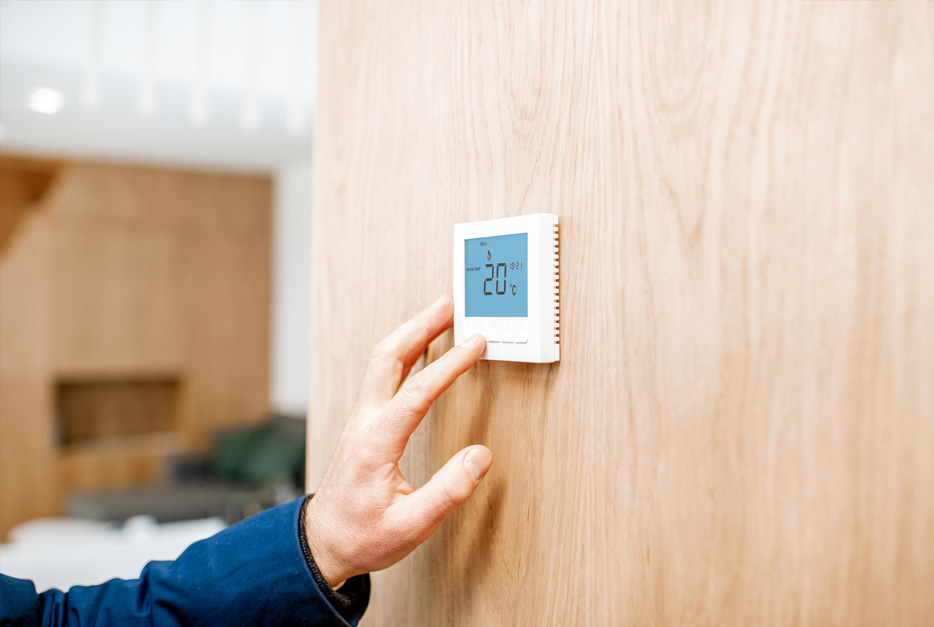
Step 2: Target temperature
Over 40% of your home’s energy is used to heat or cool your home and its water. The rule of thumb is the colder you set the thermostat of the A/C in summer, and the hotter you set the heater in the winter, the more it costs. But there’s also a number of other appliances we can dial in to make our home more energy smart.
Here are 5 easy appliance adjustments that will instantly save you money…
- Heater: Set your heater to 18–20 °C in winter – each degree over 20 uses around 10% more energy.
- A/C: Set your A/C to 24 °C or more in summer – each degree under uses 5% more energy.
- Hot Water Service: Set your hot water service to 60°C - the minimum safe temperature as it still kills legionella.
- Fridge & Freezer: Set your fridge to 4-5 °C & your freezer to -15 to -18 degrees. Each degree colder can use up to 5% more energy.
- Dishwasher & Washing Machine: Use the eco-wash settings on your dishwasher and washing machine to use up to 30% energy.
All of the above can be done in about 10 minutes by going around to each appliance and manually setting its thermostat. The only downside is that you’ll have to manually keep track of and control the heater and A/C – two power hungry appliances that can add 100’s to your energy bill.
If you want to eliminate the chance of error, you can install a smart thermostat to enable your home to automatically optimise its HVAC cycles, saving up to 25% on your energy bill.
With the thermostats adjusted, we can save even more energy with these general temperature regulation tips…
- Only use your air con when it gets over 28°C and save between $50 and $240 a year.
- Don’t leave your heater or A/C on when you aren’t home.
- Use fans instead of portable air conditioners – and save between $40 and $200 a year.
- Section off the main areas of your home – it’s cheaper and more efficient to heat or cool a small area than a large one, so keep the doors and curtains of least used rooms closed.
- Clean your heater and A/C filters after every month of use. Doing so will keep them working efficiently, reducing the amount of energy used and extending the life of the appliance.
- Block out the sun with blinds or shades to dramatically reduce your homes temperature and strain on the A/C in summer.
- Less hot water = less energy used. Change your shower head to a 3-star rated one and save between $190 and $700 a year.
The last thing to consider when it comes to heating and cooling is how much is lost through air-leaks and poor insulation. The numbers are actually quite shocking…
- Air leaks in to your home can increase heating and cooling costs by up to 25%.
- 25-30% of your homes heat is lost through the roof.
- 15-20% of your homes heat is lost through the walls.
A quick trip to your local hardware store and you can grab what you need to help draft-proof your home; some door snakes, door / window strip seals, expanding foam or pink batts.
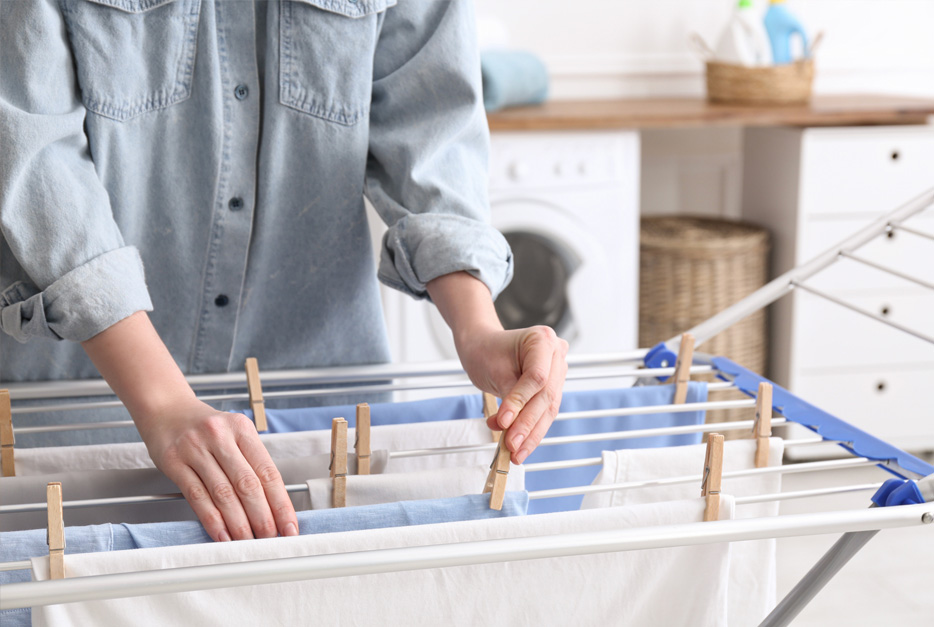
Step 3: Economical habits
With the two major factors out the way, it’s time to turn to your habits. This doesn’t require a drastic change to your lifestyle! Instead, try out a couple of these small changes and watch them stack up to big savings over time. Here’s a short ‘n’ sharp list of things you can do to save even more energy, with little effort…
- Turn OFF standby appliances and devices not in active use. Standby power costs Australia $1.1B in energy each year.
- Fill your dishwasher and use economy cycles – or if you hand wash the dishes, don’t keep the hot water running!
- Cut the showers – having 4-minute showers can save you between $60 and $650 a year.
- Look for Rebates – Government funded rebates can save you thousands on energy efficiency upgrades.
- When you discover a faulty or broken appliance, replace it with an energy efficient one.
They say old habits die hard… it will take bit of time to form new habits. Small changes can really add up and make a huge difference to your household energy bills… and environmental footprint.

Bonus: Make your home smarter
Time for the shameless plug!
The most challenging thing when it comes to saving energy is tracking the effects of our energy saving habits. We often only discover how much we’re using and what it’s costing us when we’re hit with an expensive bill, making it difficult for us to measure the impact of the changes we make on a day-by-day basis.
Until now…
With advancements in smart home and smart energy technology, we can now watch our home consume energy in real time, and make adjustments before we’re slapped with a hefty bill. A smart home system will even enable you to use this data to save even more energy by unlocking savings that are otherwise time-consuming or impossible to achieve.
For example; On a 30 degree day, you can set your smart blinds (or shutters) to automatically close, blocking the sunlight from heating up your home. This means your A/C won’t have to work as hard to cool your home, reducing the your home’s energy consumption. Or, you could install a smart switch to cut power to the major loads when no one is home, or to kill all the standby power at night. And there are so many more ways a smart home can make an energy efficient home…
- Automatically turn lights off when a room becomes unoccupied.
- Install a smart thermostat to control your HVAC system.
- Make your irrigation system smart... there is no need to water the garden if it's going to rain overnight!
- Plug your AV equipment into a smart switch to avoid using unnecessary standby power.
- Automatically turn off all lights, your AC and non-essential appliances when the last person leaves home.
The final word
Throughout this guide, we’ve explored various strategies you can implement to make your home energy smart. The simple changes can have a profound impact on your energy bill and help you play an active role in the fight against climate change by reducing your demand for energy,
You can take this a step further by leveraging smart home technology to help automatically optimise various systems in your home. Your pool pump, hot water service, air-con, heating, blinds and more can all be made smarter and used more efficiently with technology.
But even the smallest changes such as those found in Step 3 will stack up over time to make a difference.
If you have any questions, thoughts or tips you’d like to share, drop a comment below. It’s always great to hear from you.
All the best and happy energy savings!
-Luke


